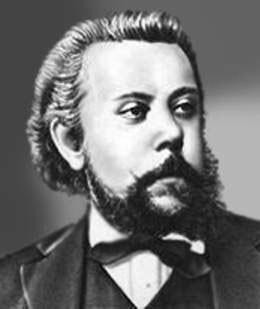
Mussorgsky
verb [ with obj. ]
1 arrange or score (music) for orchestral performance.
2 arrange or direct the elements of (a situation) to produce a desired effect
Why do people write for orchestra? Because of the larger choice of sounds available, of course. As opposed to a single instrument, the orchestra expands your textural palette, letting you combine instruments in individual ways. The amounts of sounds available in an orchestra are staggering, and composers use sound – as well as melody, rhythm and harmony – as a point of aural reference: the sound of the celeste at the beginning of the Harry Potter movies instantly creates the world of wizardry of J.K. Rowling’s books. But it doesn’t have to be so specific: Mozart has a clear, crisp style of orchestration which is as distinctive as any movie soundtrack.
Orchestration is something that we all, to some extent, take for granted – I mean, something’s got to play it, surely, otherwise we wouldn’t have any music to listen to! But the huge amount of textures available to an orchestrator means that careful attention to detail is needed in order to select and blend exactly the right sounds. Just like a painter choosing his colours, the instruments must work together so that we get a clear picture of what’s going on, rather than a confused blurry mess.
So, enough lecturing – the best way to understand and appreciate the beauty of good orchestration is to simply see it in action. There is an argument which questions why people orchestrate piano music at all – if someone chooses to orchestrate something, does it mean that the piano version is somewhat inferior? What if the orchestrator, through changing how the sounds are presented, skews the composer’s original musical intentions?
If you want an example of how many different ways something can be sonically interpreted, then look no further than Mussorgsky’s Pictures at an Exhibition. This is perhaps the most famous piano work which most people have had a crack at orchestrating. Ravel’s is widely acknowledged to come out on top, but if you search a little deeper you come across interesting interpretations by Henry Wood, Vladimir Ashkenazy and Leopold Stokowski.
Mussorgsky
Pictures at an Exhibition
Pictures at an Exhibition: IV. Bydlo (arr. V. Ashkenazy for orchestra)
Pictures at an Exhibition: IX. The Hut on Fowl’s Legs (Baba Yaga)
(arr. L. Stokowski for orchestra)
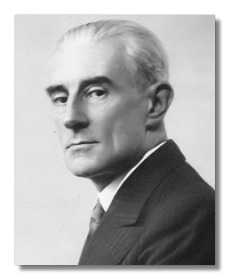
Ravel
Ravel
Zoltán Kocsis (arranger)
Le tombeau de Couperin
VI. Toccata: Vif (arr. for orchestra)
As you may (or may not) know, Ravel only orchestrated four of the six movements of his piano work Le Tombeau de Couperin (a fact which is interesting in itself). Conductor, pianist and composer Zoltán Kocsis has made a brilliant orchestration of one of the two movements that Ravel left out: the Toccata, the final movement of the suite. What is particularly touching is that it feels as though Kocsis treats this as an exercise in pastiche, to the point that he inserts, just for a couple of bars, a wind machine, which Ravel often used to great effect. This distinct sonority is a tipping of the hat to one of the greatest orchestrators of the twentieth century.
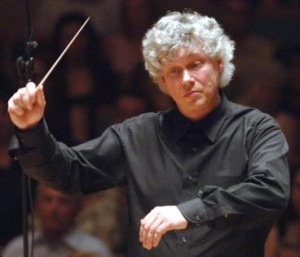
Zoltán Kocsis
Orchestration is something that people often overlook as an integral aspect of a work. It is the very essence of the music, the sound of it. Even before the twentieth century, when the orchestra’s sonic palette expanded exponentially, the orchestra gave composers an opportunity to show off their inventiveness with sounds, and today, when composers are continuing to use the orchestra in totally original ways, it’s interesting to think where it’s headed. What will be the next interpretation in the legacy of Pictures at an Exhibition?

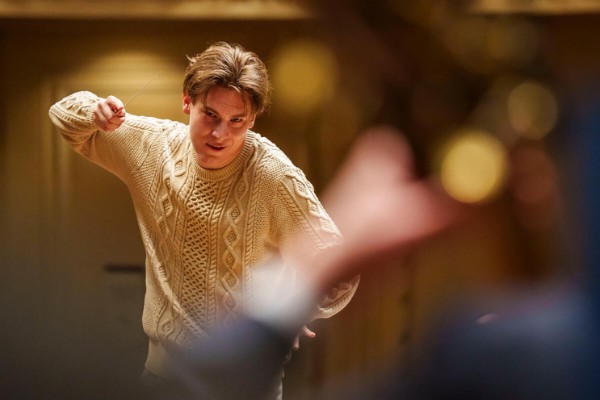
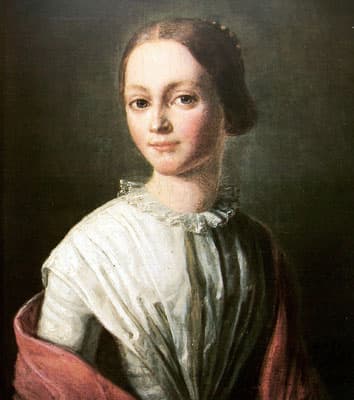
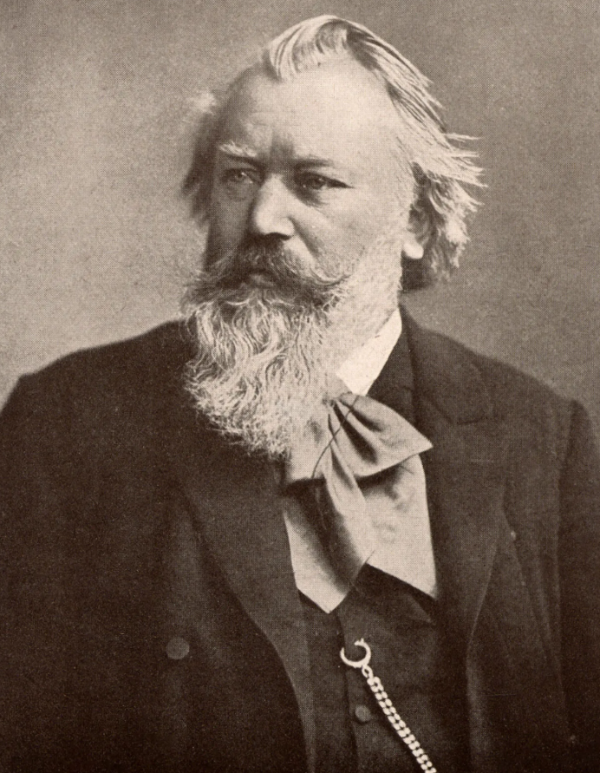
Great article! Kudos to Maestro Kocsis on his orchestration of the “Toccata “ movement! I must confess to being one unaware of the other two movements of “Le Tombeau “. I would hope Maestro Kocsis might consider orchestrating the remaining movement. After hearing the Toccata, I wonder if, since the familiar four movements are such a tour-de-force for the oboe, Ravel never felt that there was enough of a role for the oboe in these two movements comparable to the other movements. Perhaps some other orchestrator will have an answer.
Both the Toccatta and the Fugue are orchestrated by Kocsis in the same CD of the audio sample. Catalog no. HCD32106 https://www.naxoslicensing.com/track/NjA1MDg1NC03M2NkYjk/